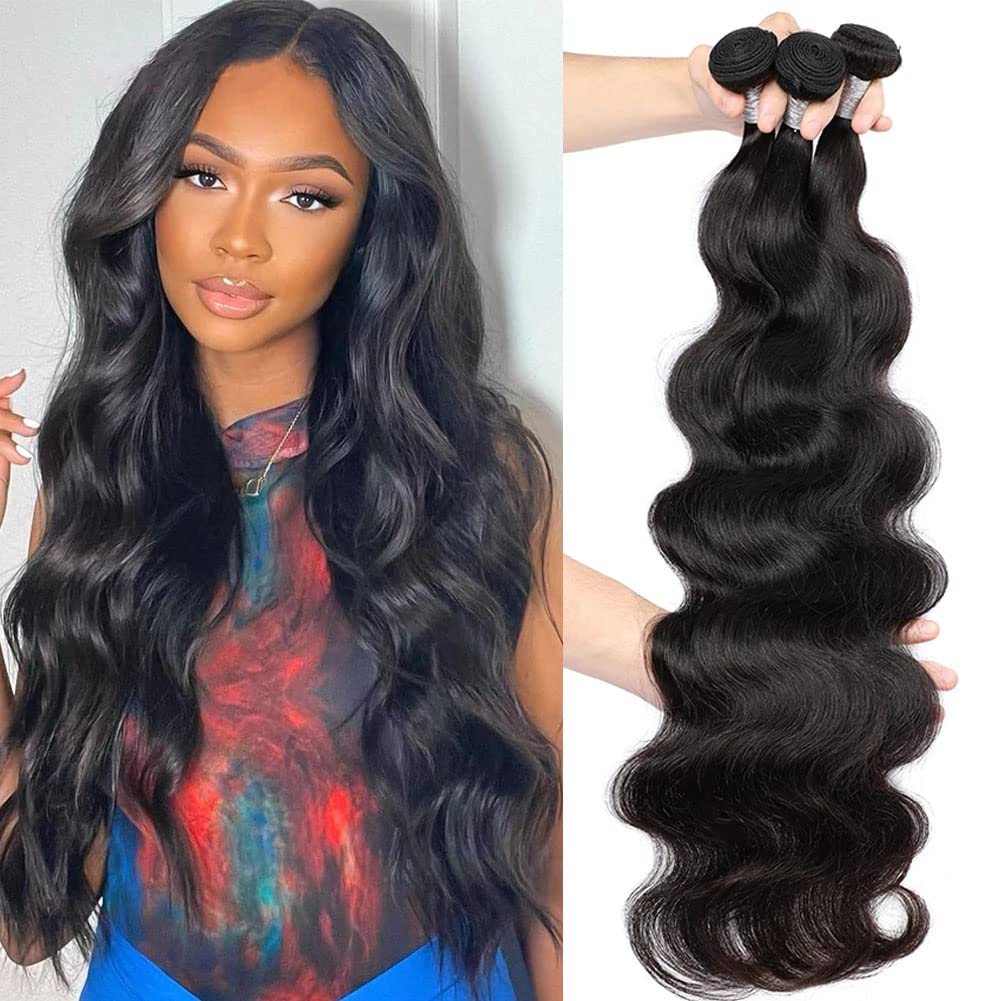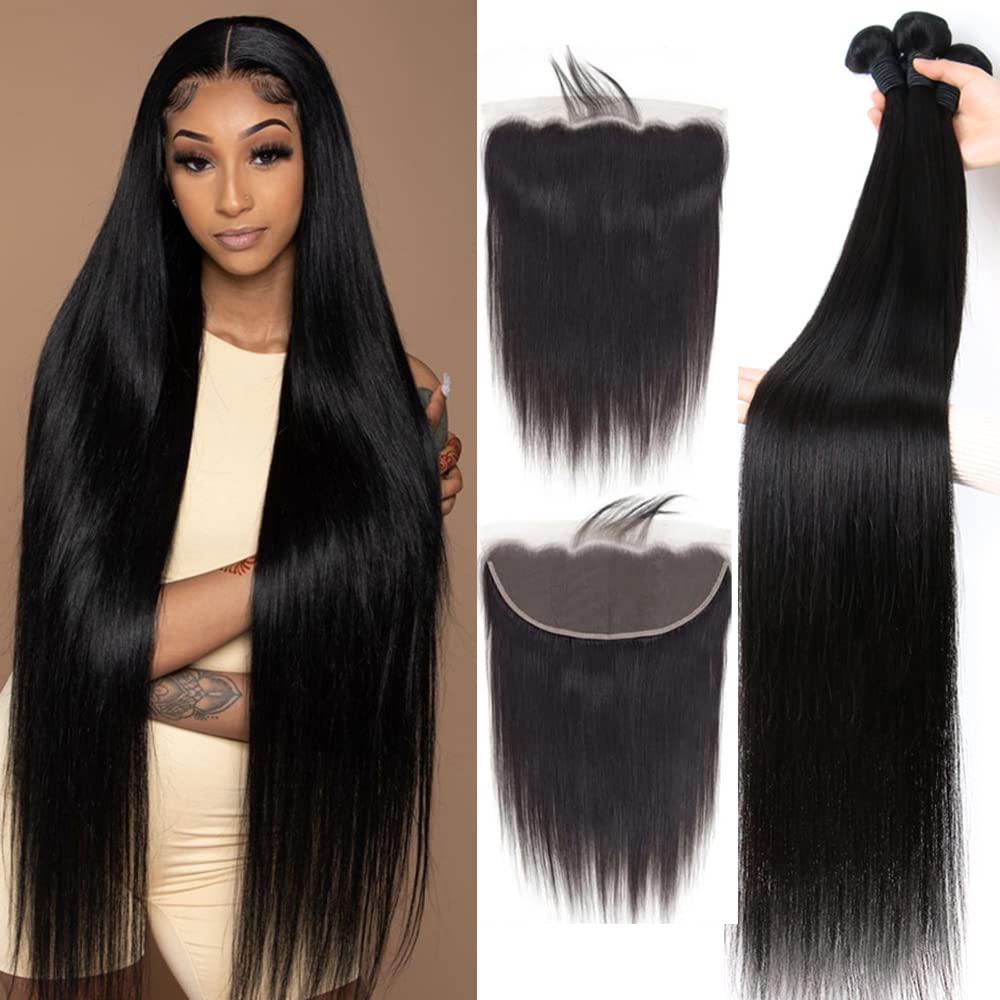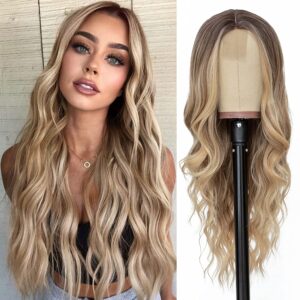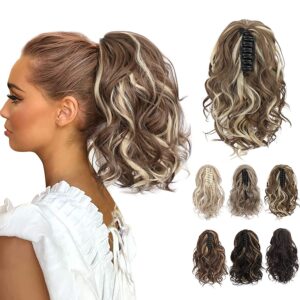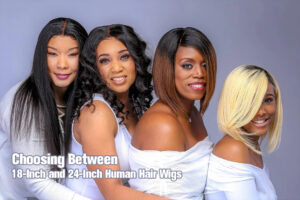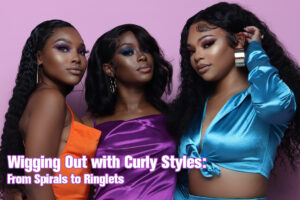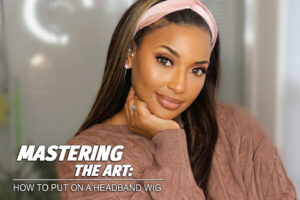Hair Texture
There are many changes in hair structure, but the most common types are fine, medium, and coarse. There are several types of textures in hair that are common.
Texture is usually a way to represent the feeling of things, and the same applies to the structure of hair. It can be defined as the diameter, width, or thickness of individual hair. Some people also refer to this characteristic as hair thickness.

Fine Hair
Fine hair is characterized by thin strands with a smaller diameter. It tends to be lightweight and delicate, making it prone to breakage. Fine hair may appear flat and lack volume. Styling can be a challenge, as it often requires products and techniques that add body and lift. Despite its delicate nature, fine hair can also be versatile and easily manageable. With the right care and styling methods, it can be styled into various looks. Proper maintenance, including gentle handling, using lightweight products, and avoiding excessive heat, can help maintain the health and appearance of fine hair.
Medium Hair
Medium hair falls between fine and coarse hair in terms of thickness. It is considered the average or most common hair texture. The strands have a moderate diameter, providing a balance between thickness and manageability. Medium hair is generally versatile, allowing for a wide range of styling options. It is neither too fragile nor too resistant to styling. This hair texture can hold styles well and is often easy to manage. With proper care and maintenance, medium hair can maintain its healthy appearance and adapt to different hairstyles and treatments with relative ease.
Coarse Hair
Coarse hair is characterized by thick strands with a larger diameter. It has a strong and robust nature, making it resistant to breakage. Coarse hair tends to have a rougher texture and can appear frizzy. Styling can be challenging due to its tendency to resist manipulation and hold styles. Extra moisture and care are often required to maintain its health and manageability. Despite its challenges, coarse hair is known for its strength and durability. With the right products and techniques, it can be styled into various looks, and proper maintenance can help enhance its natural beauty and reduce frizz.
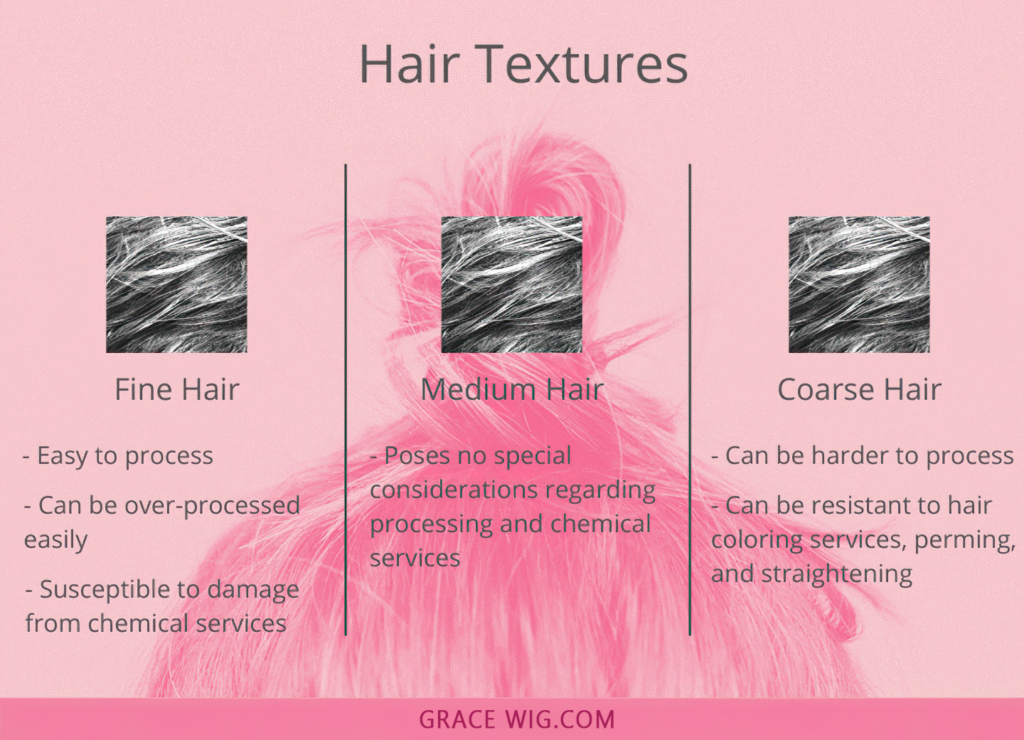
Differences Among Fine Hair, Medium Hair and Coarse Hair
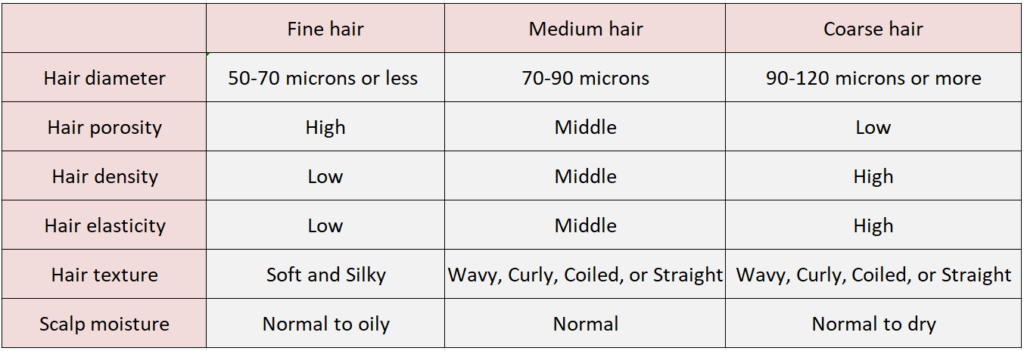
Hair Diameter
- Fine Hair typically has a small diameter, ranging from 50 to 70 micrometers (0.05 to 0.07 millimeters). It is the thinnest of the three hair types.
- Medium Hair falls in the middle of the hair texture spectrum. The diameter of medium hair strands usually ranges from 70 to 90 micrometers (0.07 to 0.09 millimeters).
- Coarse Hair has the largest diameter among the three types. The diameter of coarse hair strands can range from 90 to 120 micrometers (0.09 to 0.12 millimeters) or even thicker.
Hair Porosity
Is not directly related to hair texture (fine, medium, or coarse), but it can vary among individuals with different textures. Porosity refers to the hair’s ability to absorb and retain moisture.
Hair Density
Refers to the number of individual hair strands per square inch on the scalp. It is not directly related to hair texture (fine, medium, or coarse), but it can vary among individuals with different textures.
Hair Elasticity
Refers to the hair’s ability to stretch and return to its original shape without breaking. While hair elasticity is not directly related to hair texture (fine, medium, or coarse), it can vary among individuals with different textures.
Hair Structure
Refers to the arrangement and composition of the hair shaft, which can impact its overall appearance and behavior. While hair structure is not synonymous with hair texture (fine, medium, or coarse), it can vary among individuals with different textures.
Scalp Moisture
When you determine what type of scalp you have, you will understand what type of product to use. Due to the absorption of fat, fine hair is either a normal scalp or an oily scalp. Rough hair is usually normal or dry.
What Cause Hair Texture Different?
Gene
Hair texture is primarily determined by genetic factors. The genes inherited from parents play a significant role in determining the natural shape, pattern, and texture of an individual’s hair. Specific genes related to hair follicle development and the production of keratin, the protein that makes up hair strands, influence the texture of hair.
Genes involved in hair texture can affect various aspects, such as the diameter of the hair shaft, the shape of the follicle, and the curl pattern. For example, variations in the trichohyalin gene can impact the thickness and strength of hair strands. The presence or absence of certain genes, such as those involved in the production of curly hair, can determine whether an individual has straight, wavy, or curly hair.
It’s important to note that hair texture is a complex trait influenced by multiple genes and can vary among different ethnicities and populations. Understanding the genetic factors behind hair texture can help explain why individuals within the same family may have different hair types and can also inform hair care and styling practices tailored to specific hair textures.
Medication
Medications can potentially cause changes in hair texture through various mechanisms. Some medications can disrupt hormonal balance, leading to alterations in the natural hair growth cycle and follicle activity. Others may affect nutrient absorption, resulting in deficiencies that impact hair health and texture. Certain drugs can directly influence the structure and function of hair follicles, leading to changes in the thickness, curl pattern, or overall texture of the hair. While not all medications cause hair texture changes, it’s important to be aware of potential side effects and consult with a healthcare professional if you notice any significant changes in your hair texture while taking medication.
Hormonal Imbalance
Hormonal imbalances can lead to changes in hair texture by disrupting the natural hair growth cycle. Hormones play a crucial role in regulating the development and function of hair follicles. When hormone levels are imbalanced, it can impact the size, shape, and activity of the follicles, resulting in variations in hair texture. Hormonal fluctuations can lead to thinning or thickening of hair strands, changes in curl pattern, or even excessive hair shedding. These imbalances can affect the production of proteins and lipids that contribute to the texture and appearance of the hair. Proper diagnosis and management of hormonal imbalances are important for addressing any associated changes in hair texture.
Hair Treatments and Styling
Hair treatments and styling practices can contribute to changes in hair texture through various means. Chemical treatments such as perming, relaxing, or coloring can alter the structure of the hair shaft, leading to changes in texture. Excessive use of heat styling tools like flat irons or curling irons can strip the hair of moisture, making it dry and brittle, thereby affecting texture. Overuse of styling products can create product buildup, weighing down the hair and making it appear dull and lifeless. Improper brushing or combing techniques can also cause breakage and damage, altering the texture of the hair. It’s important to practice proper hair care techniques and avoid excessive or damaging treatments to maintain the desired hair texture.
Figure Out Your Hair Texture
To figure out your hair texture, you can follow these steps:
1. Observe your hair visually
Look at your hair and note its general appearance. Consider factors such as thickness, diameter of individual strands, and overall volume.
2. Feel the texture
Run your fingers along a strand of hair from root to tip. Pay attention to its texture and whether it feels fine, medium, or coarse. Fine hair strands may feel thin and delicate, while coarse hair strands may feel thicker and more robust.
3. Assess your hair’s response to styling
Notice how your hair reacts to different styling techniques and products. Fine hair may struggle to hold curls or voluminous styles, while coarse hair may require more effort to straighten or style.
4. Consider your hair’s behavior
Take note of how your hair behaves in different weather conditions or climates. Fine hair may become limp or greasy more quickly, while coarse hair may be more resistant to styling changes.
5. Seek professional advice
If you’re still unsure about your hair texture, consider consulting a hairstylist or trichologist who can provide a more accurate assessment based on their expertise.
Remember that hair texture can vary along the length of your hair, so it’s possible to have different textures in different areas. Additionally, keep in mind that hair texture can change over time due to various factors such as hormonal changes, aging, or damage.
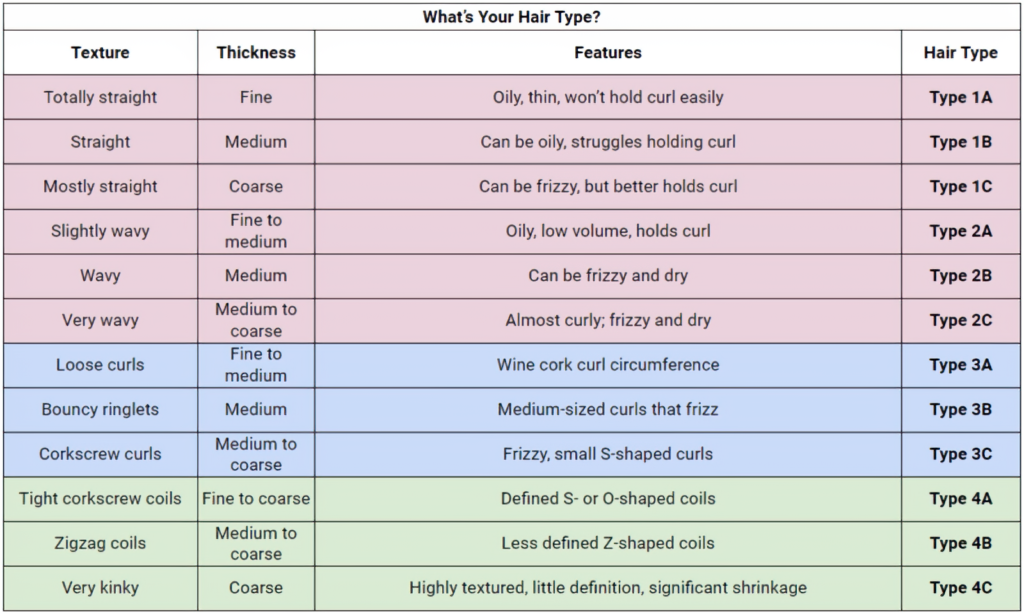
Avoid Long Lengths if Fine Hair
- Weight: Fine hair strands are typically thinner and more delicate compared to other hair types. Longer lengths can add weight to the hair, which can cause it to appear flat and lacking in volume. The weight of longer hair can also make it more challenging to hold styles and can contribute to easier breakage.
- Lack of Fullness: Fine hair often lacks natural fullness and can appear thinner when it is longer. Shorter haircuts can create the illusion of thicker hair by adding more volume and body.
- Maintenance: Longer hair requires more maintenance and care to keep it healthy and looking its best. Fine hair can be more prone to damage and breakage, and longer lengths can exacerbate this issue. Regular trims and proper hair care routines are essential for maintaining the health of fine hair.
Layered Hairstyles are Good for All Hair Textures
- Layering creates dimension and volume, making hair appear fuller and more dynamic. This effect is particularly beneficial for fine hair, as layers can give the illusion of thicker strands. Layering can also add movement and bounce to medium and coarse hair, enhancing its overall texture.
- Layered hairstyles offer versatility in terms of styling. Whether you have straight, wavy, or curly hair, layers can provide texture and definition, making it easier to achieve different looks and styles.
- Layers help distribute the weight of the hair more evenly, preventing it from feeling heavy or flat. This can be especially helpful for those with thick or coarse hair, as it helps to avoid excessive bulk and allows for easier styling.
- Layers can be strategically cut to frame the face, accentuating facial features and providing a flattering look for all hair textures.
- Layering can help enhance and define natural curl patterns, allowing for more bounce and shape in curly or wavy hair.
How To Maintain Different Texture Hair?
Maintain Fine Hair
1. Use gentle products
Opt for lightweight, volumizing shampoos and conditioners specifically designed for fine hair. Avoid heavy or oily products that can weigh down the hair and make it appear flat.
2. Avoid overwashing
Fine hair tends to get greasy more quickly, but avoid washing it every day as it can strip away natural oils and lead to dryness. Aim for every other day or every few days and use dry shampoo in between washes to freshen up.
3. Condition carefully
Apply conditioner from mid-length to ends, avoiding the scalp to prevent excess oiliness. Focus on moisturizing and detangling while keeping the roots free from heavy products.
4. Be gentle when towel-drying
Pat your hair dry with a soft towel instead of rubbing vigorously, as rough handling can cause breakage and damage to delicate strands.
5. Avoid excessive heat styling
Limit the use of heat styling tools like flat irons, curling irons, and blow dryers. Excessive heat can weaken fine hair and make it more prone to breakage. If you must use heat, apply a heat protectant and use the lowest heat setting possible.
6. Protect from environmental factors
Shield your hair from harsh weather conditions, such as excessive sun exposure or extreme cold, as these can dry out the hair and cause damage. Wear a hat or use protective products when necessary.
7. Regular trims
Schedule regular trims every 6-8 weeks to prevent split ends and maintain the overall health and shape of your fine hair.
8. Avoid excessive styling products
Minimize the use of heavy styling products like gels, mousses, and heavy hair sprays. Opt for lightweight products that add volume and texture without weighing down the hair.
Maintain Medium Hair/Coarse Hair
1. Hydrate and moisturize
Use a moisturizing shampoo and conditioner designed for medium or coarse hair to provide hydration and nourishment. Look for products with ingredients like shea butter, argan oil, or coconut oil to help soften and tame the hair.
2. Deep conditioning treatments
Apply a deep conditioning treatment or hair mask once a week to provide extra moisture and repair any damage. Leave it on for the recommended time to allow the product to deeply penetrate and nourish the hair.
3. Use a wide-toothed comb or brush
Opt for wide-toothed combs or brushes with gentle bristles to detangle and minimize breakage. Start from the ends and work your way up to prevent excessive pulling and damage to the hair.
4. Limit heat styling
Reduce the use of heat styling tools to minimize damage. When using heat, apply a heat protectant spray and use the lowest heat setting possible. Air drying or using heat-free styling methods like braiding or twisting can help maintain the hair’s natural texture.
5. Protect from environmental factors
Shield your hair from excessive sun exposure, wind, and pollution by wearing hats or scarves. These protective measures can help prevent dryness, frizz, and damage caused by environmental factors.
6. Regular trims
Schedule regular trims every 8-12 weeks to remove split ends and maintain the hair’s health and shape. Trimming also helps prevent further damage and breakage.
7. Use targeted styling products
Choose styling products specifically formulated for medium or coarse hair to enhance texture, definition, and manageability. Look for products that add moisture, control frizz, and provide hold without weighing the hair down.
8. Sleep with a satin or silk pillowcase
Sleeping on a satin or silk pillowcase reduces friction and helps prevent frizz and breakage. These fabrics are gentler on the hair and help retain moisture.
Asian Hair -Afro Hair- Caucasian Hair
Asian hair
It is known for its unique characteristics, such as being generally straight, thick, and resilient. Asian hair strands tend to have a round cross-section, which contributes to its smooth texture. It is often resistant to curling and can be challenging to style due to its natural heaviness. Asian hair may exhibit a wide range of colors, from dark black to various shades of brown. While Asian hair is diverse and can vary individually, these characteristics are commonly associated with this hair type.
Caucasian hair
It is the hair type typically found among individuals of Caucasian or European descent. It is known for its diverse range of textures, colors, and thicknesses. Caucasian hair can range from straight to wavy or curly, with variations within individuals. Hair colors can span a wide spectrum, including shades of blonde, red, brown, and black. The texture can vary from fine and delicate to coarse and thick. Caucasian hair tends to be more susceptible to damage from heat and chemical treatments. It often requires regular maintenance and styling products to achieve desired styles and manage frizz or flyaways.
Afro-textured hair
also commonly referred to as kinky, coily, or curly hair, is a hair type primarily found among individuals of African descent. It is characterized by its unique spiral or zigzag pattern, which varies in size and tightness. Afro-textured hair can be highly versatile and comes in a range of textures, from tightly coiled to more loosely curled. It tends to be densely packed and can appear voluminous. Afro-textured hair requires regular moisture and proper care to maintain its health and prevent dryness and breakage. Styling options for afro-textured hair include protective styles, braids, twists, and natural hairstyles that embrace its unique texture.
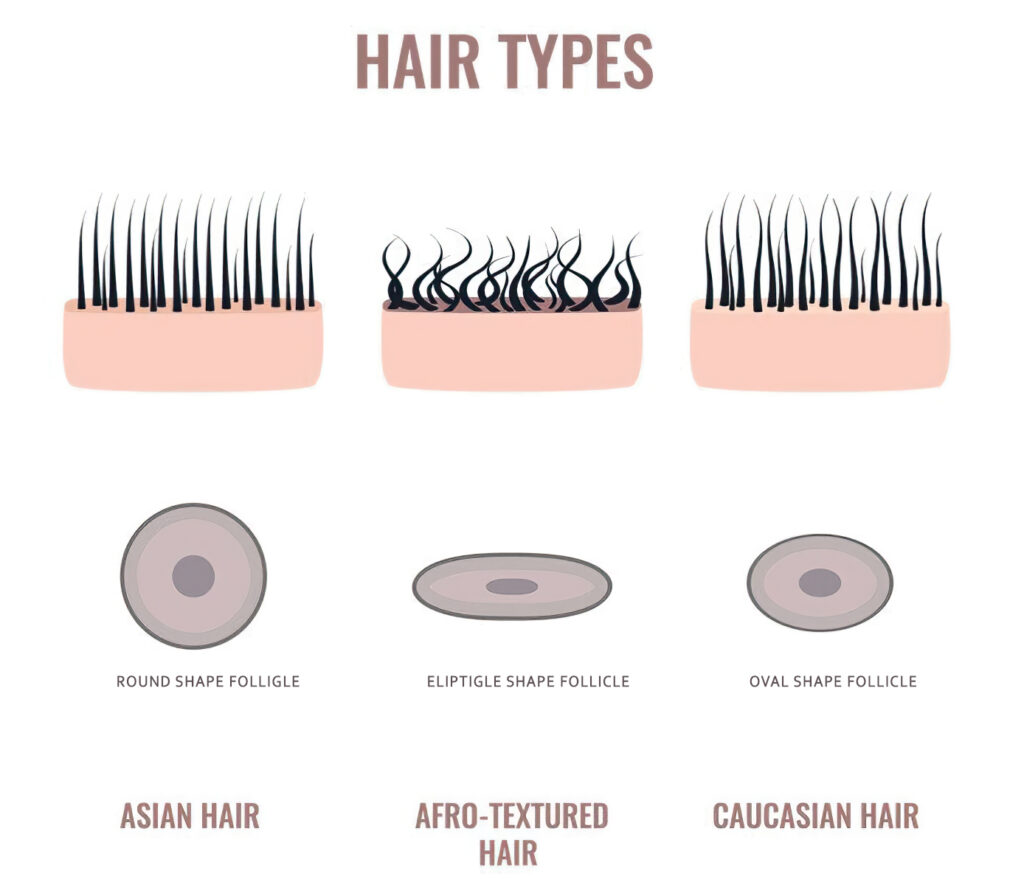
The growth rate of hair varies among different varieties. Caucasian hair grows at a rate of approximately 1.2 centimeters per month, with the highest density among all three hair types. The hair with blonde hair and blue eyes is about 146000, the hair with black hair is about 110000, the hair with dark colors is about 100000, and the hair with red hair and blue eyes is about 86000. African American hair is mainly black, with approximately 50000 to 100000 hairs on a healthy person’s head, but their growth rate is the slowest, at around 0.9 centimeters per month. Asian hair is the most important hair type in the world, accelerating the growth of other hair types with a monthly growth rate of 1.3 centimeters. Although there are estimated to be 80000 to 140000 heads of hair, density is usually the lowest.

FAQ’S About Hair Texture
Is it better to have thick or thin hair?
Both types of hair have their own advantages and disadvantages. Although thin hair is silky and lacks volume, thick hair is less prone to hair loss and is usually curly.
Why is black hair so coarse?
African structured or ethnic hair is more prone to roughness. Because the curls and twists of African hair do not allow natural oils to spread along the hair shaft, making it rough.
Is coarse hair healthy?
Proper care for rough hair that lacks moisture can make it healthy and juicy.
Is curly hair thin or coarse?
Although Type 3 curls are very thin, Type 4 curls belong to the coarse hair type.


